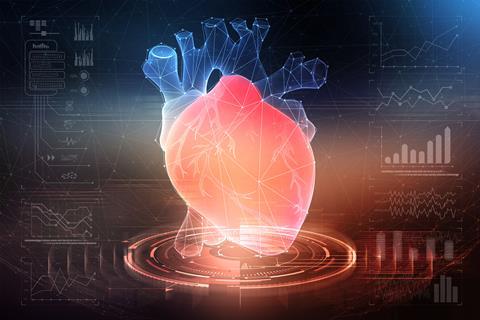Use the topic of 4D printing and bioinks to teach students about polymers

The 3D-printed tissues and organs of the future must be able to adapt to the body after transplantation, as must other bioprinted objects that contain no cells, like prosthetics or medical implants. That change must be engineered somehow. The solution can be found in so-called 4D printing.
But what is the fourth dimension? 4D printing differs by adding in the dimension of time: the material is fixed in one state until it’s hit with a particular stimulus and it responds to the stimuli by changing. It can be a certain temperature, a spray of water, or it might simply be a specific amount of time passing.
Programmable 4D printing is already changing lives in the medical field. A growing number of scientists are focused on printing objects that are similar to biological tissue. This technique is called bioprinting. This activity for ages 16–18 explores the chemistry of some of the polymers used in 3D and 4D bioprinting and links well to students’ study of natural polymers such as proteins and condensation polymers.
Use it alongside the Education in Chemistry article 4D printing: the next dimension in healthcare?
Downloads
4D bioprinting student worksheet
Editable handout | Word, Size 0.1 mb4D bioprinting student worksheet
Handout | PDF, Size 50.88 kb4D bioprinting teachers notes
Editable handout | Word, Size 0.13 mb4D bioprinting teachers notes
Handout | PDF, Size 59.79 kb


















1 Reader's comment